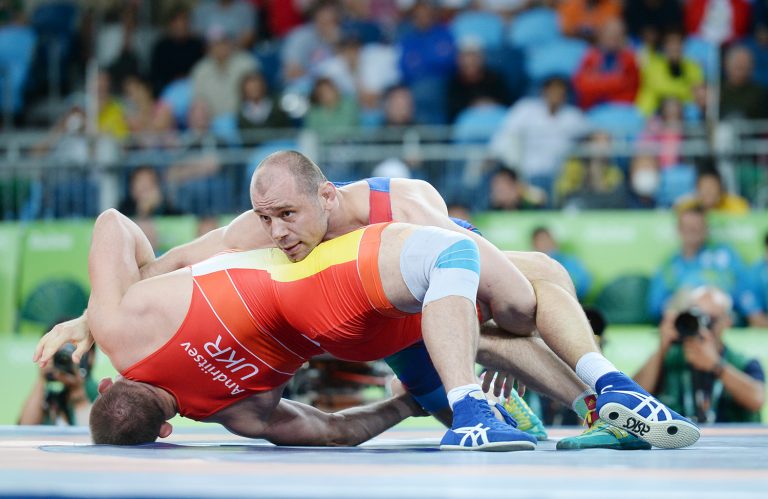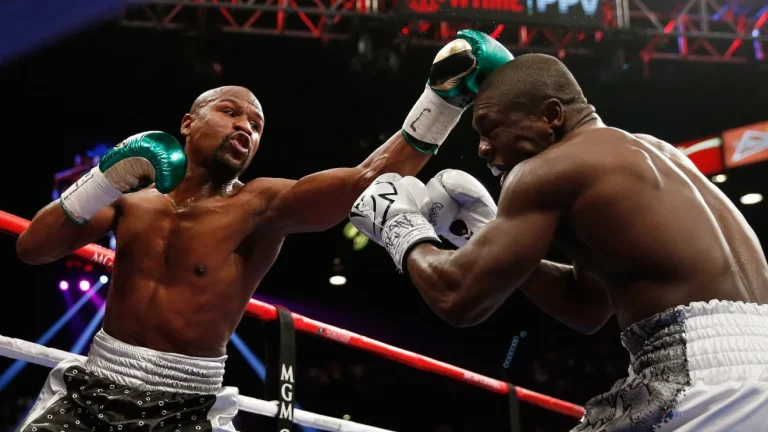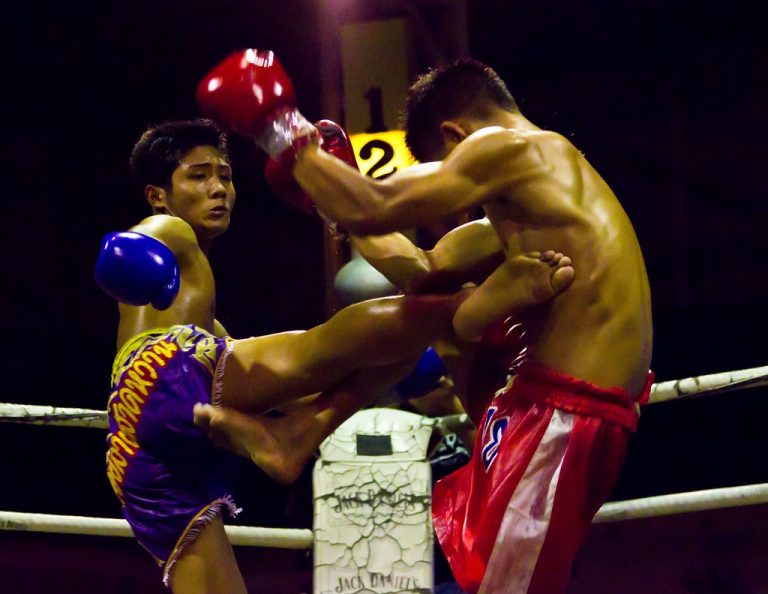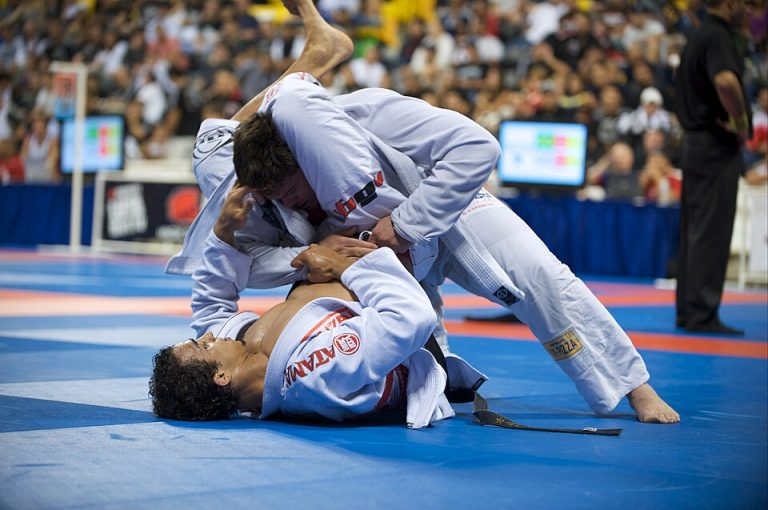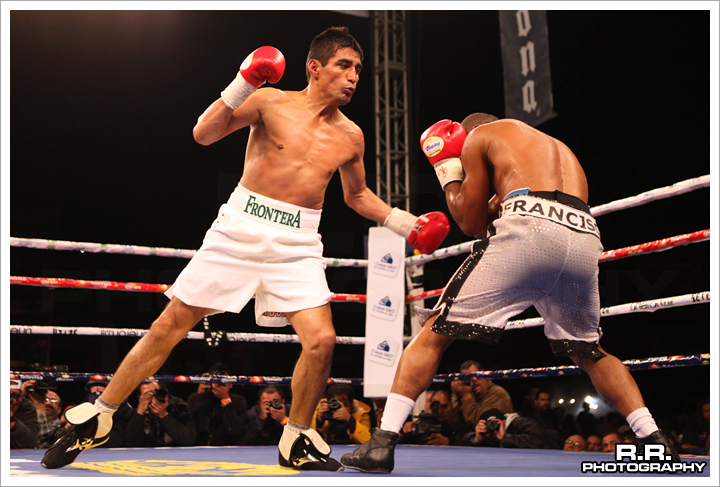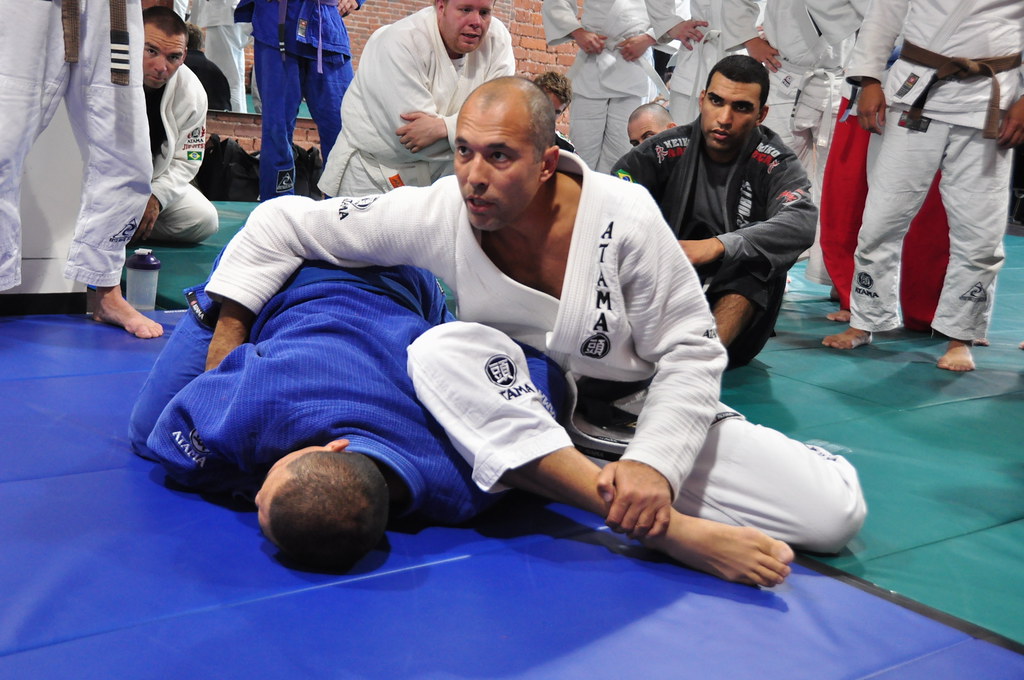
Getting caught in an omoplata is one of the weirdest feelings in the world. You’re on your back, tangled in someone’s guard, and suddenly—bam—they’re twisting your arm into a pretzel.
Welcome to Brazilian Jiu-Jitsu (BJJ), where the omoplata reigns as one of the most creative (and slightly sadistic) shoulder locks in grappling. But what if you could be the one dishing out the pain? In this guide, you’ll learn everything about the omoplata—from its origins to pro-level setups—so you can add this versatile submission to your arsenal.
What Is the Omoplata?
The omoplata (Japanese for “shoulder plate”) is a BJJ submission that hyperextends your opponent’s shoulder using your legs. You trap their arm between your thighs, rotate your hips, and crank until they tap or risk a one-way trip to Snap City.
Unlike the armbar, which attacks the elbow, the omoplata targets the shoulder joint, making it a brutal Plan B when your opponent defends other attacks. It’s also a favorite for guard players who love catching opponents off-guard from the bottom.
A Quick History Lesson: From Judo to BJJ Royalty
The omoplata isn’t new—it originated in Judo as the ashi sankaku garami (leg triangle entanglement). But when BJJ pioneers like Mitsuyo Maeda brought Judo to Brazil in the early 20th century, the technique evolved into the omoplata we know today. Fast-forward to the 1990s and legends like Royler Gracie popularized it in modern BJJ and MMA.
The omoplata was once considered a “gimmick” move, but it’s now a favorite move of elite grapplers.
How to Hit the Omoplata in 5 Steps (No Flexibility Required)
You don’t need to be a human rubber band to pull this off. Here’s the basic blueprint:
- Start in Closed Guard: Wrap your legs around your opponent’s torso.
- Break Their Posture: Grab their wrist and pull them forward. If they resist, even better; they’re giving you the leverage you need.
- Swing Your Leg Over: Pivot your hips and swing one leg over their shoulder. Imagine you’re doing the “cabbage patch” dance but with malicious intent.
- Lock the Figure-Four: Cross your ankles around your opponent’s arm, forming a figure-four grip with your legs.
- Rotate and Squeeze: Bridge your hips upward, twist your body, and wait for the tap.
4 Setups That Work (No Gi Required)
The omoplata isn’t just for GI nerds. Use these sneaky setups to catch opponents in both gi and no-gi:
- The Classic Triangle Bait: Start setting up a triangle choke. When they posture up to escape, switch to the omoplata.
- Armbar to Omoplata: Fake an armbar, then swing your leg over their shoulder as they pull their arm free.
- From the Rubber Guard: Use your flexible bottom leg to trap their arm (thank you, Eddie Bravo).
- Sweep the Leg: If they resist the submission, roll into a sweep and take top position.
Use the omoplata to set up other submissions. For example, switch to a straight armlock if your opponent defends by grabbing their belt.
3 Common Mistakes (And How to Fix Them)
Even black belts mess this up. Avoid these facepalm-worthy errors:
- Lazy Hip Rotation: Forgetting to twist your hips? That’s like revving a car engine but forgetting to drive. Rotate toward your opponent’s head for maximum pressure.
- Ignoring the Free Arm: Letting opponents post with their free hand? Not today. Use your hand to pin their arm to the mat.
- Rushing the Finish: Don’t crank immediately. Use gradual pressure—think “slow cooker,” not “microwave.”
Advanced Omoplata Variations to Confuse Your Opponent
Once you’ve mastered the basics, try these spicy upgrades:
- Reverse Omoplata: Roll under your opponent to attack the opposite shoulder.
- Collar-Tie Omoplata: Use the gi collar to trap their arm, then swing your leg over.
- Kiss of the Dragon: From de la Riva guard, roll under to attack. Yes, it’s as cool as it sounds.
Why It’s Better Than Your Favorite Submissions
- Versatility: Use it as a submission, sweep, or transition.
- Control: Unlike chokes, you can apply it slowly (giving you time to adjust).
- Style Points: Nothing humiliates opponents like being tapped by a “gimmick” move.
How to Defend Against the Omoplata (Because Knowledge Is Power)
Don’t let someone turn you into a human pretzel. Defend by:
- Posting your free hand on the mat.
- Rolling forward to relieve pressure.
- Grabbing your belt or pants to block their rotation.
Drills to Level Up Your Game
- Partner Drill: Have a partner feed you their arm from guard. Practice the leg swing and hip rotation.
- Solo Drill: Use a resistance band to mimic the arm trap and build hip mobility.
FAQ: Your Burning Omoplata Questions, Answered
Q: Can I hit an omoplata in MMA?
A: Absolutely. It’s been used several times. Check out some omoplata finishes.
Q: Is the omoplata legal in all BJJ competitions?
A: Yes, but check the rules first.
Go Forth and Shoulder Lock the World
The omoplata isn’t just a submission—it’s a mindset. It rewards creativity, patience, and a dash of audacity. Drill the basics, experiment with setups, and soon, you’ll make teammates question their life choices on the mat.
Ready to become an omoplata menace? Hit the mats, try these tips, and watch your submission rate skyrocket.
Read more:
Dricus du Plessis Predicts Sean Strickland vs. Israel Adesanya Rematch: “It Will Be Amazing”
How to Throw a Haymaker Punch Like a Pro (Without Knocking Yourself Out)
15 Anaerobic Exercises to Torch Calories and Build Muscle
Is Sport BJJ Effective for Self-Defense? Breaking Down Myths & Realities
20 Essential Sport BJJ Terms for Beginners


